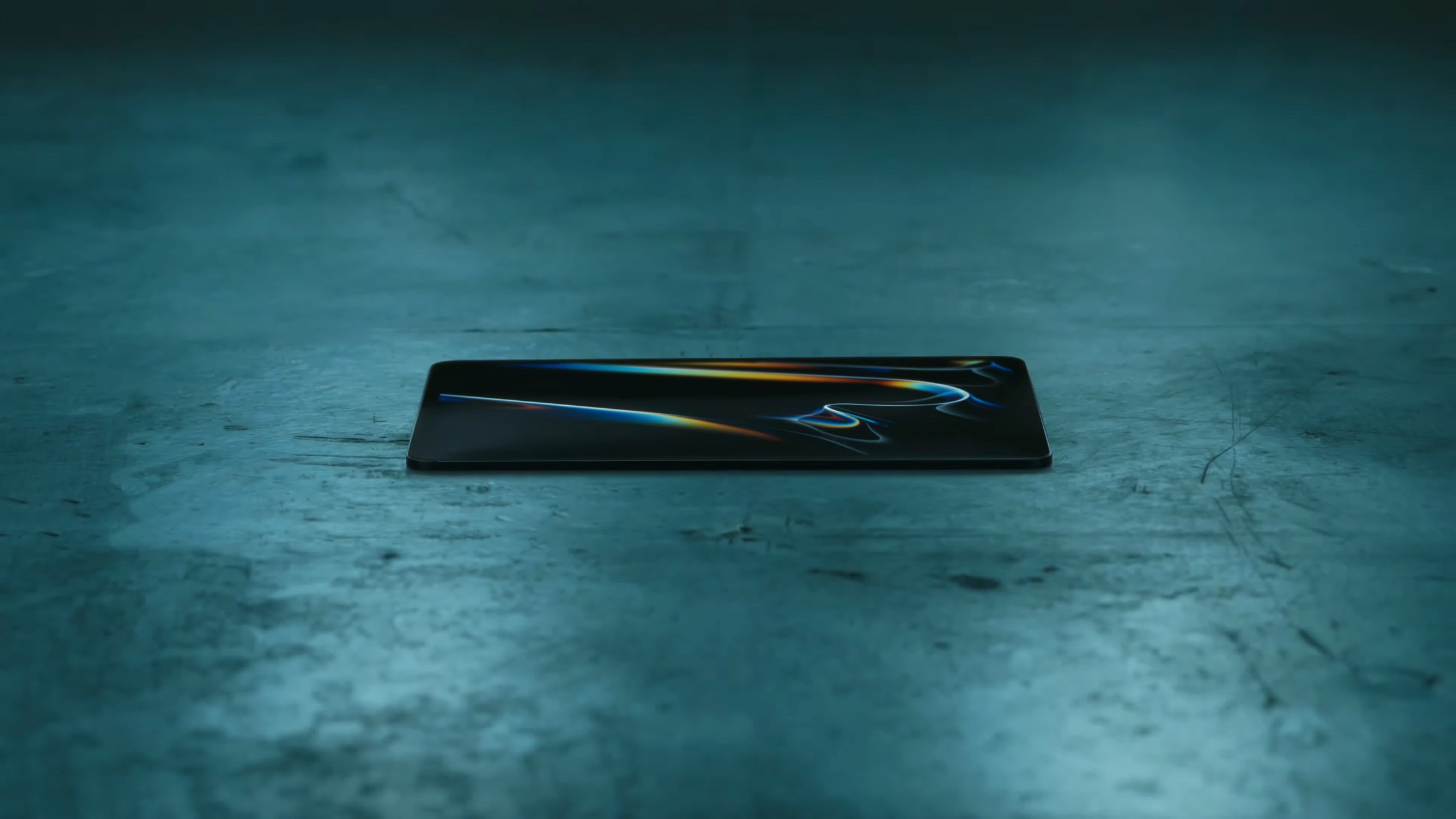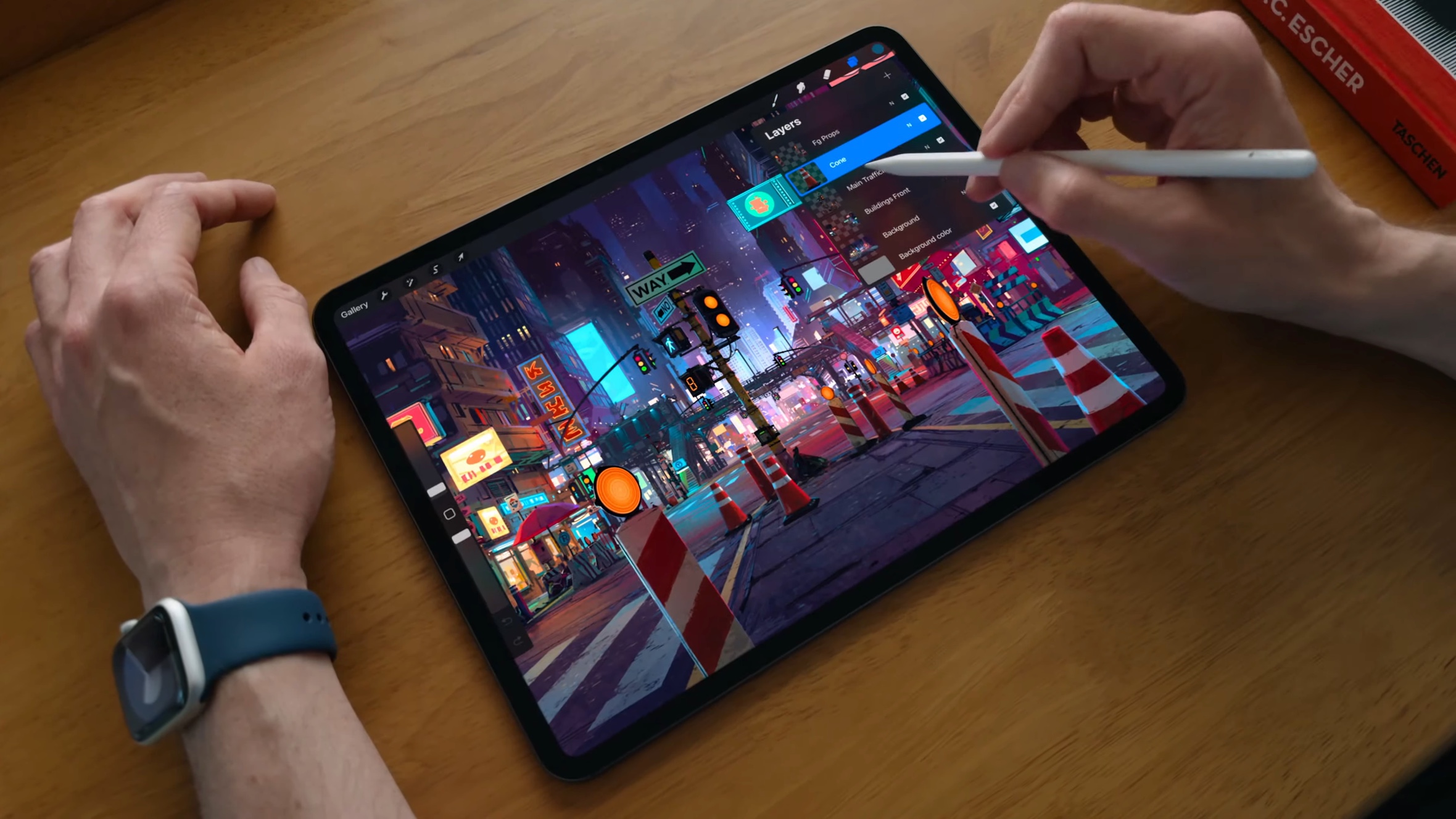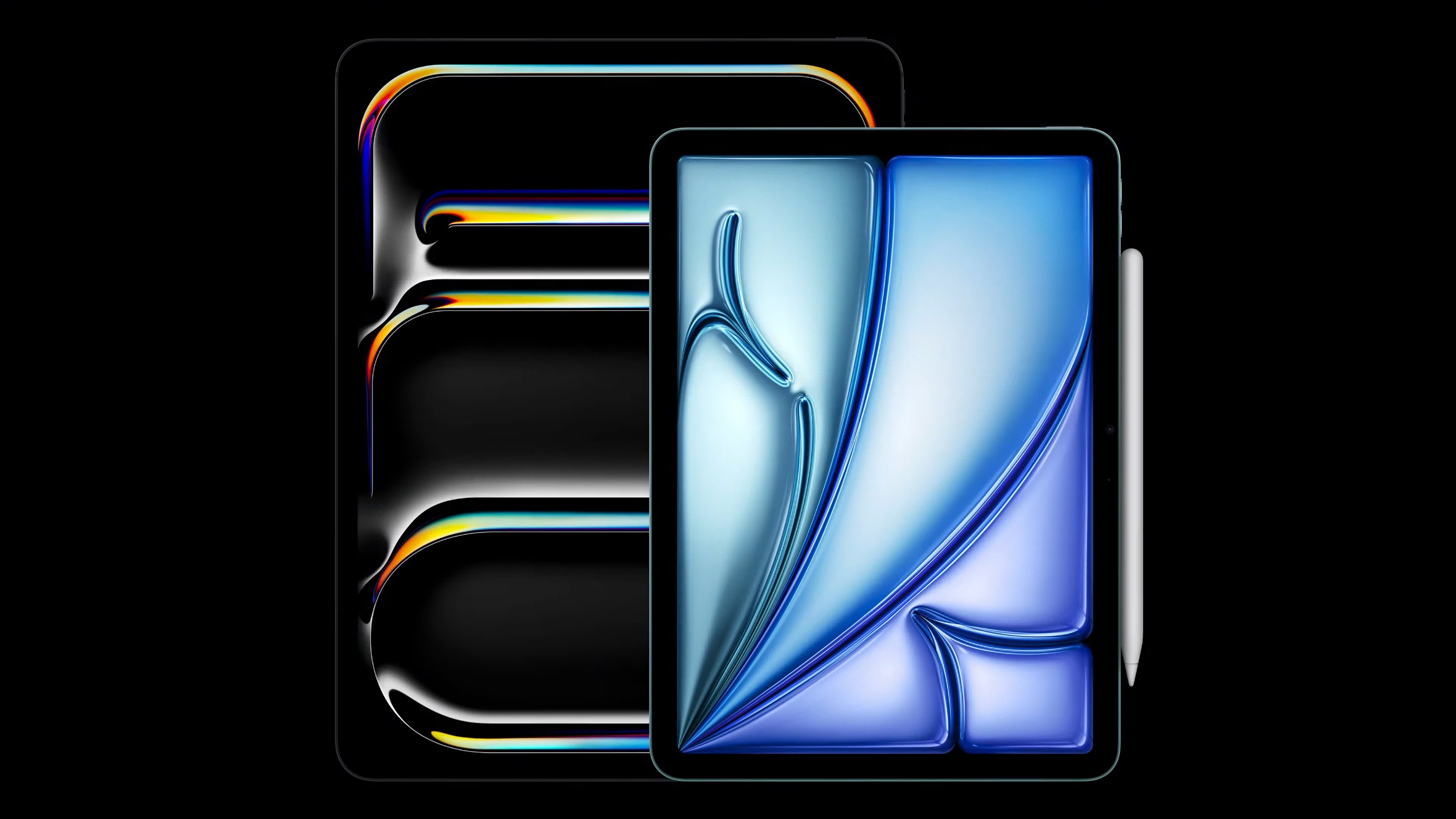
Apple has launched a new iPad Pro and it's mighty impressive in more ways than one. As rumoured, it's the first iPad with an OLED screen – not only does this bring major benefits for picture quality, it also allows it to be slimmer than ever (the slimmest Apple product ever, in fact, slimmer even than the iPod Nano!).
So how much does this iPad Pro cost? When is it available? And what else is new about it? Here's everything you need to know.
iPad Pro OLED: release date

As expected, Apple announced the iPad Pro OLED at its 'Let Loose' event on Tuesday 7th May. The teaser included a hand holding an Apple Pencil stylus, which rather gave the game away.
The device is available to pre-order now, and will start shipping on Wednesday 15th May.
Apple also used the event to announce the new iPad Air.
iPad Pro OLED: price

OLED is a more advanced screen technology than the Mini LED used on the previous iPad Pro, and carries a higher price point. As expected, this makes the OLED iPad Pro more expensive than its predecessor.
The previous iPad Pro launched at £1249 / $1099 / AU$1899 for the 12.9-inch model, but the new 13-inch OLED iPad Pro starts at £1299 / $1299 / AU$2199. The smaller model also has a price rise – the 4th Gen 11-inch iPad Pro cost £899 / $799 / AU$1899 at launch, but the new 11-inch OLED model is £999 / $999 / AU$1699. That model is actually cheaper in Australia than its predecessor, but for both models, the price rise is steepest in the US.
Apple managed to keep a lid on its iPhone prices in 2023, but sadly the new tablet screen tech carries a higher price tag.
iPad Pro OLED: screen

Obviously the OLED screen is the biggest selling point of the new iPad Pro over the old model.
Apple's Tandem OLED screen tech uses two OLED screens. The combined brightness from both helps the tablet to reach 1000 nits of full screen brightness and 1600 nits for peak HDR. That's nowhere near the 3000-4000 nits achieved by modern OLED TVs, but still pretty impressive for a tablet.
This extra brightness also effects the rest of the picture. Not only does it create brighter highlights for more 'pop', but you get deeper blacks and more shadow detail too. The screen – which Apple is calling Ultra Retina XDR Display – is more responsive to motion. And because it's an OLED screen, it's thinner and lighter than the previous iPad Pro's. There's a nano texture glass option for less glare, too.
Apple claims the new iPad's screens are "like holding a cinema in your hands."
The previous 12.9-inch iPad Pro featured a Mini LED screen, while the 11-inch model sported an IPS LCD. As the push in modern TVs shows, OLED makes for a much more immersive viewing experience than either of these two technologies.
OLED also allows for great strides forward in terms of the tablets' efficiency and design, too...
iPad Pro OLED: specs

The iPad Pro OLED is the first Apple product with the M4 processor, up from the M2 in the previous model. That's right, it's skipped the M3 altogether.
Apple claims this means a huge leap in performance. The CPU is 50 per cent faster than the M2's, while the GPU is four times faster, and brings ray tracing to the iPad for the first time. Gamers rejoice.
Apple claims the M4 Pro can perform to the same level as the M2 model, but using half the power. It also says it can match a slim PC laptop while only using a quarter of the power, though it doesn't say which model PC it's comparing it to.
The OLED iPad Pro's neural engine is Apple's most powerful ever, capable of 38 trillion operations per second. That makes it 60 times faster than the first neural engine in the A11 Bionic chip (though that was released back in 2017).
Overall, the new Pro is up to four times faster than the M2 iPad Pro, Apple claims.
The Apple Pencil stylus has been upgraded with haptic feedback, and there's a new Magic Keyboard accessory that's thinner and lighter to match the new design. And like the new iPad Air, the new Pro has the camera on the landscape edge, which makes more sense for video calls.
Storage now starts at 256GB (previously the entry-level model had 128GB), but still goes up to 2TB.
iPad Pro OLED: design

The OLED screen has helped both the 11- and 13-inch models to slim down considerably. The 13-inch model is just 5.1mm slim, making it the slimmest Apple product ever (slimmer even than the iPod Nano). And the 11-incher is still pretty slim, at just 5.3mm (down from 5.9mm on the previous-generation model).
As mentioned, both models move the front-facing FaceTime camera to the landscape edge rather than the portrait one.
iPad Pro OLED: early verdict
Apple makes some of the sweetest displays on any mobile device, and the jump to OLED looks like it won't disappoint – the screen looks amazingly bright and sharp. With OLED bringing gains elsewhere (like the power efficiency and slimness of the device), there's no doubt this will be another stellar entry to the iPad family.
But that price. The iPad was already not cheap, and the OLED model is less accessible than ever. You could get a 55-inch LG C3 for the same price as the 13-inch model. Will that stop people spending? It's a premium device for creative professionals, which is a product area that Apple made its name on...
Stay tuned for a full review soon.
MORE:
Read our Apple iPad Pro 12.9 6th Generation review
How about an iPad Air instead?
Check out the best tablets: top tablets for movies and music







